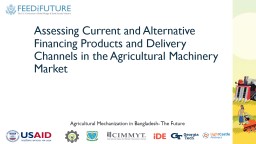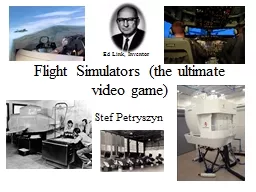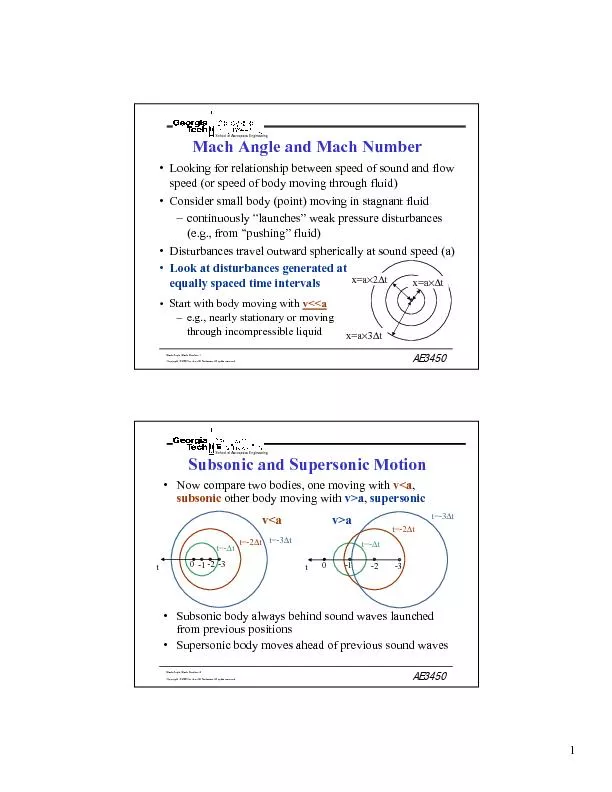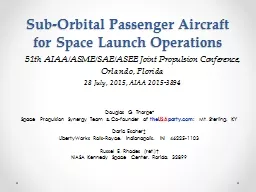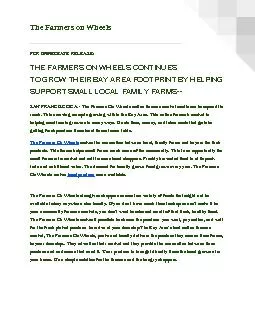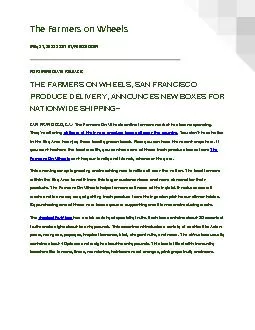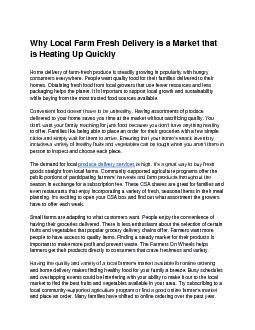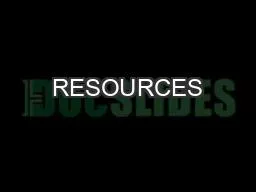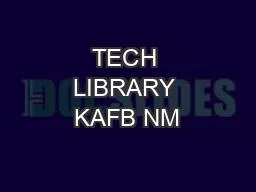PPT-Assessing Current and Alternative Financing Products and Delivery Channels in the Agricultural
Author : holly | Published Date : 2024-02-03
Agricultural Mechanization in Bangladesh The Future Methodology Naoganon Dinajpur Kurigram Rangpur Joypurhat Gaibandha Nawabganj Rajshahi Bogra Jamalpur Sherpur
Presentation Embed Code
Download Presentation
Download Presentation The PPT/PDF document "Assessing Current and Alternative Financ..." is the property of its rightful owner. Permission is granted to download and print the materials on this website for personal, non-commercial use only, and to display it on your personal computer provided you do not modify the materials and that you retain all copyright notices contained in the materials. By downloading content from our website, you accept the terms of this agreement.
Assessing Current and Alternative Financing Products and Delivery Channels in the Agricultural: Transcript
Download Rules Of Document
"Assessing Current and Alternative Financing Products and Delivery Channels in the Agricultural"The content belongs to its owner. You may download and print it for personal use, without modification, and keep all copyright notices. By downloading, you agree to these terms.
Related Documents

